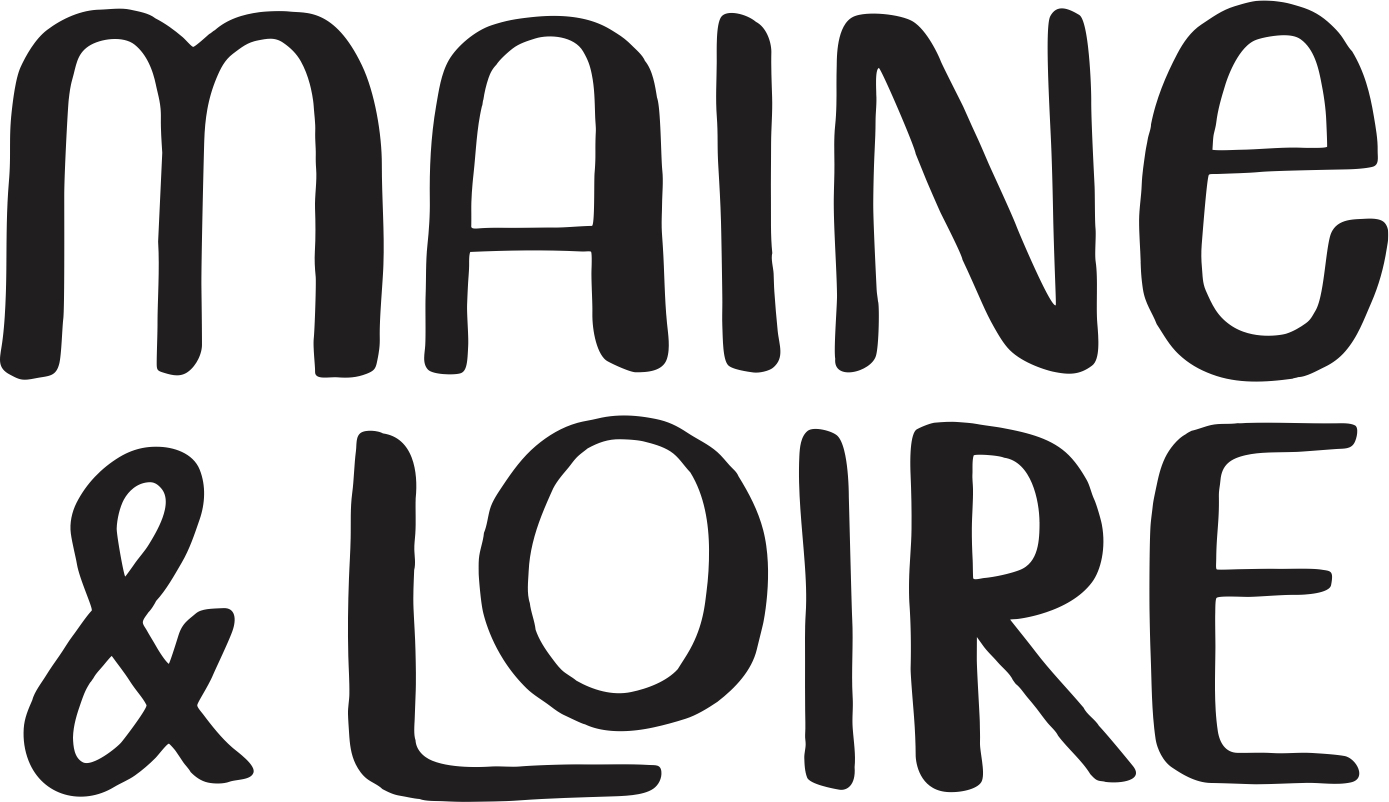Château de Bois-Brinçon ‘Terre de Grès’ Anjou Blanc 2019
Location: France, Loire, Anjou
Winemaker: Géraldine & Xavier Cailleau
Grapes: Chenin Blanc
Soil: Sandstone on Limestone (Tuffo)
Winemaking: Whole bunches undergo a slow and gentle pressing (between 8 and 10 hours), after which native yeast fermentation occurs in neutral barrels. The wine is aged in neutral barrel receiving batonnage when necessary. The wine is aged in neutral barrel receiving batonnage when necessary.
From the Importer Schatzi Wines: ‘Terre de Grès’ of Château de Bois-Brinçon represents 1.5 hectares of chenin grown on chalky, tuffeau soils. With only 6,000 vines per hectare, yields are consistently small and harvests average 40 hectoliters per hectare. The grapes are picked by hand and rigorously sorted, whereby all botrytised grapes are eschewed. The aromatic finesse of chenin is highlighted in the Terre de Grès, where its minerality and freshness gain complexity and intensify over time.
In the heart of Anjou stands Château de Bois-Brinçon, a domaine founded in 1219 by the Saint Jean d’Angers hospital. The domaine remained church property until 1791, when it was confiscated by the state and sold as a national asset. Xavier Cailleau is now the fifth generation of his family to own and work some of the oldest plantings of chenin, grolleau, and cab franc — 125 years and older — in the Loire. Xavier and his wife Géraldine, along with a small team, farm their 24 hectares biodynamically, out of profound conviction and in perpetuation of tradition, to offer “the true face of the soil.”
“The Anjou region is a mosaic of very varied and rich terroirs,” Xavier explains. “Being at the junction of the Armorican Massif and the Paris Basin, the Bois-Brinçon vineyards offer a rare diversity of soils and landscapes spread over six communes and eight different terroirs.” The domaine’s key soils include several types that are quite specific to this part of the Loire: volcanic rhyolite and spilite; marne à ostracées, primarily composed of fossilized oyster shells interspersed with clay and limestone; and grès, consisting of fossilized coral and sponge-like rock atop pure Anjou tuffeau. Xavier is convinced that “vinification by terroir” is essential to the transcription of soil to wine.
Beyond the diversity of soils, Xavier believes a key advantage of Bois-Brinçon’s location is its climate, moderated by the Loire. What makes it unique is “the historical presence” of chenin, pineau d’aunis, grolleau, and cabernet franc. He is acutely aware of the value of his densely planted old-vine parcels, which average 50 years for his single-vineyard bottlings, with some vines as old as 125 years. Yields are also remarkably low. Bois-Brinçon’s 0.8 hectare of the famed Montbenault vineyard is harvested at just 20 hectoliters per hectare. Everything is in service to his ideal: “to transcribe the notion of landscapes that we discover plot by plot in the wines.”
Xavier and Géraldine’s philosophy of farming biodynamically “requires having the right gesture at the right time in permanent awareness of respect for nature.” They continually evaluate new and alternative practices to this end. Their commitment extends to a regional initiative to plant hedges and develop natural areas so birds and beneficial insects can restore the balance of nature in and around the vineyards.

